Threshold Modernism —— New Public Women And The Literary Spaces Of Imperial London
----- 简约现代主义:新公共女性与伦敦帝国的文学空间
Threshold modernism reveals how changing ideas about gender and race in late nineteenth- and early twentieth-century britain shaped - and were shaped by - london and its literature. Chapters address key sites, especially department stores, women's clubs, and city streets, that coevolved with controversial types of modern women. Interweaving cultural history, narrative theory, close reading, and spatial analysis, threshold modernism considers canonical figures such as george gissing, henry james, dorothy richardson, h. G. Wells, and virginia woolf alongside understudied british and colonial writers including amy levy, b. M. Malabari, a. B. C. Merriman-labor, duse mohamed ali, and una marson. Evans argues that these diverse authors employed the 'new public women' and their associated spaces to grapple with widespread cultural change and reflect on the struggle to describe new subjects, experiences, and ways of seeing in appropriately novel ways. For colonial writers of color, those women and spaces provided a means through which to claim their own places in imperial london.
{{comment.content}}
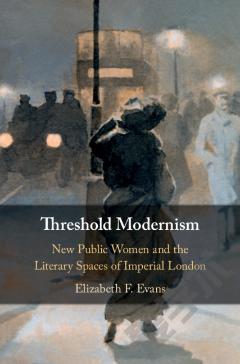
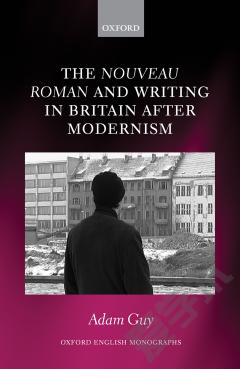
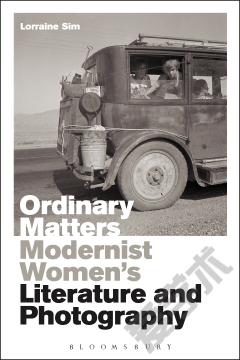

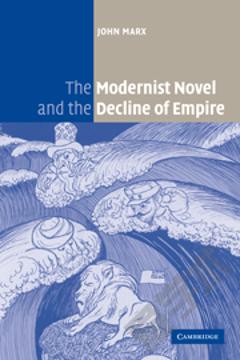
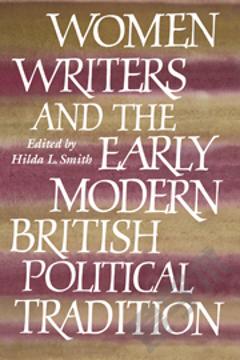
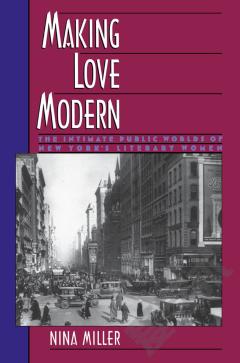

 京公网安备 11010802027623号
京公网安备 11010802027623号